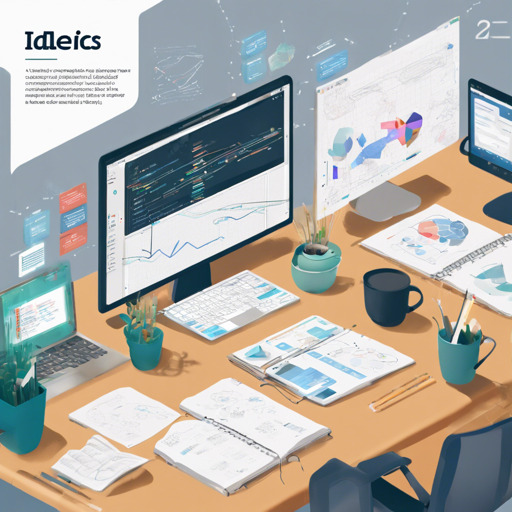Idefics2 is an innovative multimodal AI model designed to convert sequences of image and text inputs into meaningful text outputs. Developed by Hugging Face, this model significantly improves upon its predecessor, Idefics1, by enhancing capabilities like optical character recognition (OCR), document understanding, and visual reasoning. Whether you want to answer questions about images, describe visual content, or even create stories based on them, Idefics2 is the perfect tool for you. In this guide, we will walk you through the setup process and provide troubleshooting tips to ensure a smooth experience.
Why Use Idefics2?
- Multi-modal capabilities that accept various image and text inputs.
- State-of-the-art performance in visual question answering and image captioning.
- Enhancements in document understanding and visual reasoning.
How to Get Started
To successfully utilize Idefics2, follow these steps:
1. Installation Requirements
Before you dive into coding, make sure to install the necessary libraries. You will need:
- Transformers
- Pillow for image handling
- torch for model manipulation
You can install these using pip:
pip install transformers pillow torch2. Setting Up Your Code
Here’s how you can set up your code to start querying images:
import requests
import torch
from PIL import Image
from io import BytesIO
from transformers import AutoProcessor, AutoModelForVision2Seq
from transformers.image_utils import load_image
DEVICE = "cuda:0"
image1 = load_image("https://cdn.britannica.com/6193061-050-99147DCE/Statue-of-Liberty-Island-New-York-Bay.jpg")
image2 = load_image("https://cdn.britannica.com/5994459-050-DBA42467/Skyline-Chicago.jpg")
image3 = load_image("https://cdn.britannica.com/68170868-050-8DDE8263/Golden-Gate-Bridge-San-Francisco.jpg")
processor = AutoProcessor.from_pretrained("HuggingFaceM4idefics2-8b-base")
model = AutoModelForVision2Seq.from_pretrained("HuggingFaceM4idefics2-8b").to(DEVICE)
prompts = "In this image, we can see the city of New York, and more specifically the Statue of Liberty."
images = (image1, image2, image3)
inputs = processor(text=prompts, images=images, padding=True, return_tensors='pt')
inputs = {k: v.to(DEVICE) for k, v in inputs.items()}
generated_ids = model.generate(**inputs, max_new_tokens=500)
generated_texts = processor.batch_decode(generated_ids, skip_special_tokens=True)
print(generated_texts)In this setup, we load images from URLs and prepare a text prompt for the model.
3. Model Usage
Simply by providing images along with their descriptions or questions, Idefics2 can generate detailed and informative outputs based on the visual content it receives. Utilize the generation models available, such as idefics2-8b or idefics2-8b-chatty, to suit your specific needs.
An Analogy: Understanding Idefics2’s Functionality
Think of Idefics2 as a chef in a restaurant that specializes in visual storytelling. The inputs are like ingredients—images and text—that the chef combines to create a delicious dish (output). Just like a chef examines each ingredient before cooking, Idefics2 analyzes the images and text to understand how they relate to one another. Finally, the chef uses a set of techniques (instructions and fine-tuning processes) to present a beautifully crafted dish that tells a story or answers a question, much like how Idefics2 generates meaningful text.
Troubleshooting Common Issues
While using Idefics2, you may encounter certain issues. Here are some common troubleshooting tips:
- **Model Compatibility Issues:** Idefics2 does not work with Transformers versions between 4.41.0 and 4.43.3. Make sure to upgrade your Transformers library:
pip install transformers --upgradeFor more insights, updates, or to collaborate on AI development projects, stay connected with fxis.ai.
Conclusion
This guide has introduced you to the Idefics2 model, a dynamic tool with great potential for various applications. By following the setup instructions and troubleshooting tips, you’re well on your way to harnessing the power of multimodal AI. At fxis.ai, we believe that such advancements are crucial for the future of AI, as they enable more comprehensive and effective solutions. Our team is continually exploring new methodologies to push the envelope in artificial intelligence, ensuring that our clients benefit from the latest technological innovations.

